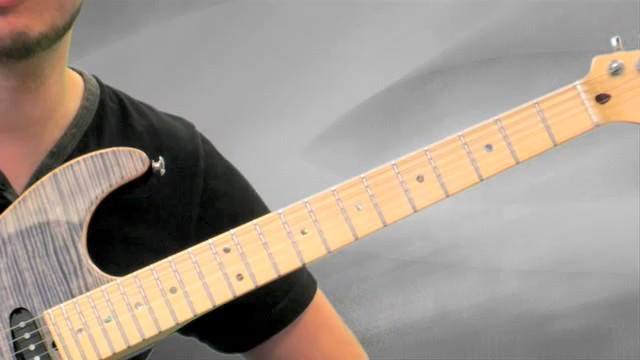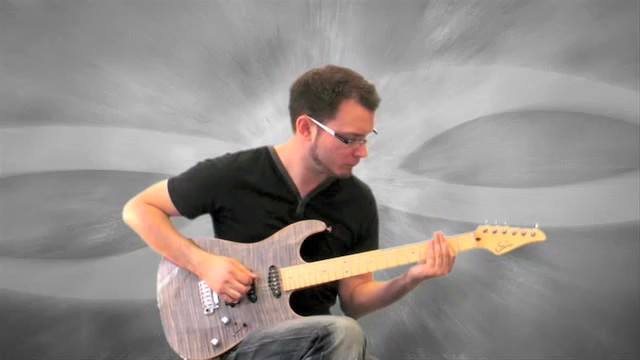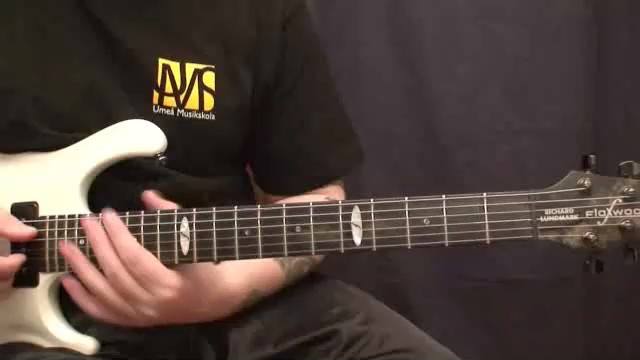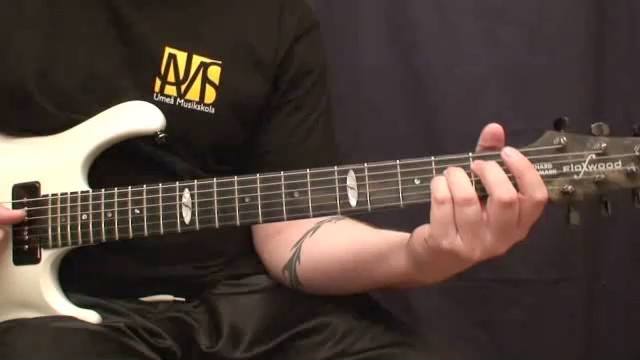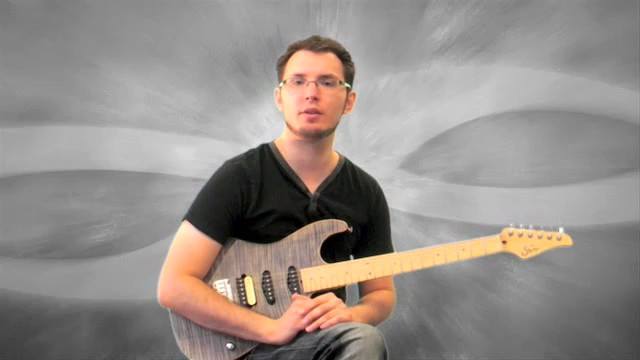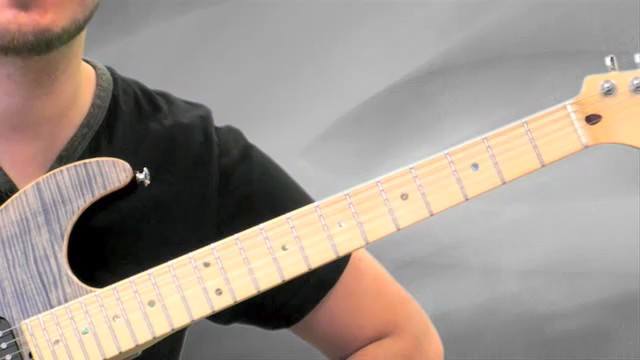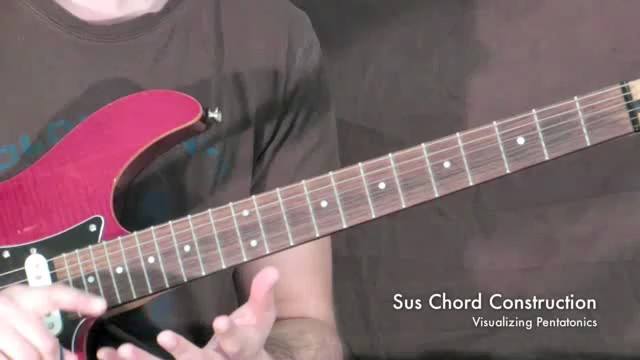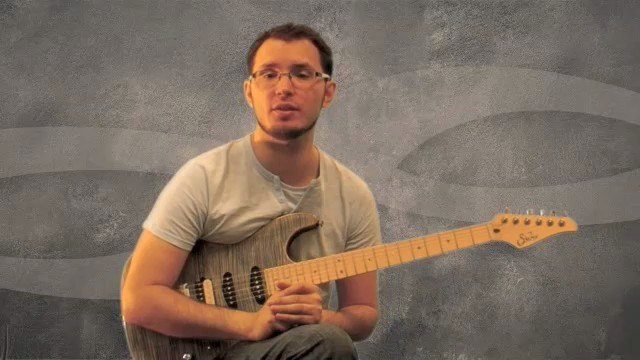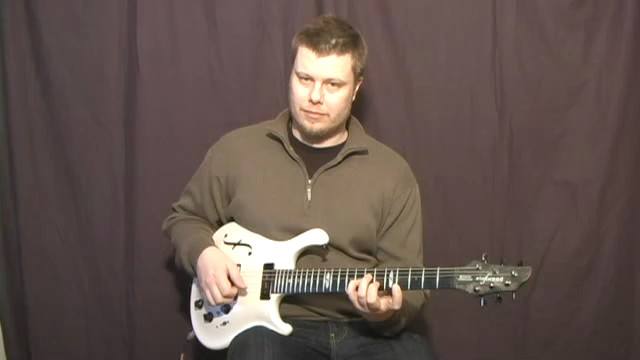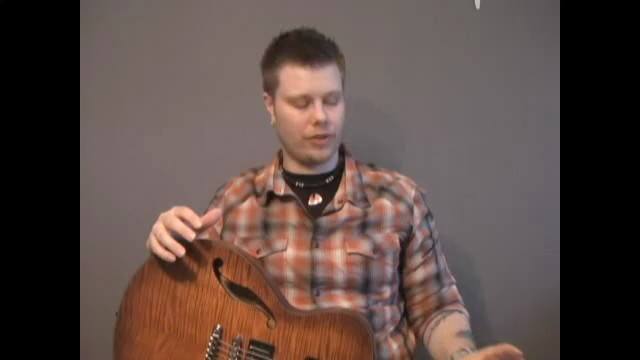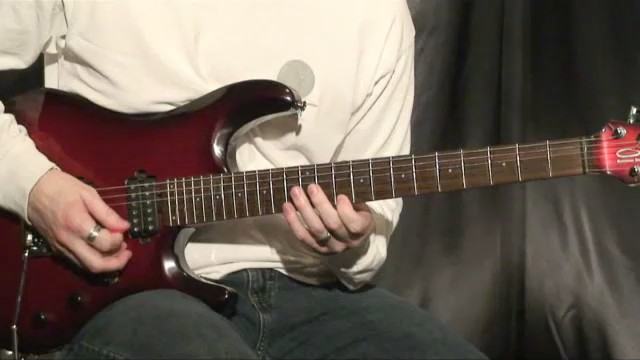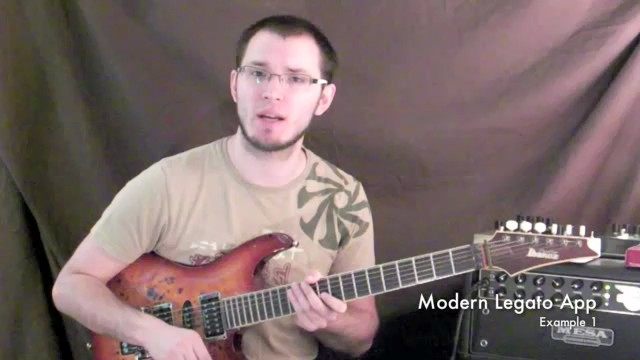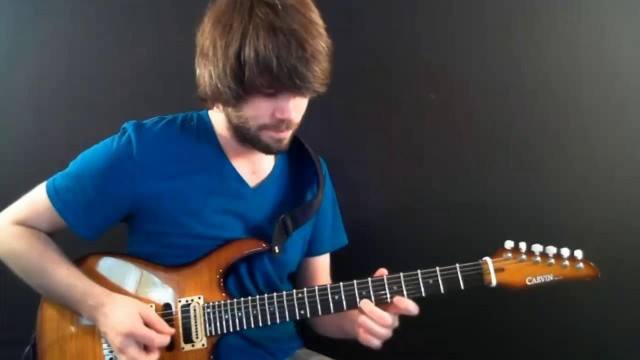Hey there Guys! Welcome to this month's tutorial.
This time we'll be looking at a form of harmony known as Quartal Harmony.
Before we get into that though lets have a look at what normal harmony is in a Western context. In the western world we build harmony (chords and chord progressions) to sound functional. This, in basic terms, means that our chord progressions sound like they are moving and produce tension and resolution to form cadences. Another way to put it would be that our chord progressions are 'goal based' in that we want to move from important chord (the tonic for instance) to another important goal chord (the dominant maybe) in order to create tension. We then release the tension with another goal chord by moving back to the tonic. Western music is primarily about this cadence or resolution which is embellished to create interest.
This kind of harmony only works if our chords are primarily built from intervals of a third. We stack up major and minor 3rds to create different chord types within a key or multiple keys where modulation is involved.
This form of harmony is called Tertiary Harmony - tertiary meaning built from thirds.
Quartal harmony differs in that it is built from the interval of a 4th be that a perfect or raised 4th. In other words our chords are now built from diatonic 4ths in a key rather than diatonic 3rds. This makes a huge difference in that chords built from 4ths do not create functional harmony.
The payoff for this is great - we can use a series of quartal chords in a particular key to outline any mode within that key. For instance, if we're playing or comping a C dorian groove you probably know that we can use a Cm7 chord. If you tried to play a Bbmajor7 chord which is in the same key and is a tertiary chord it would sound wrong. If you played quartal chords from C dorian you could play any of the chords and they'd all sound great - so long as the bass payer kept playing C. Basically a series of quartal voicings are like harmonising a scale in 4ths and since they don't create functional harmony any or all of those chords can be used to represent sound of the scale.
In this tutorial we'll learn how to make quartal voicings for major scales and their modes and how to utilise them in a modal groove.
Move onto the next video and I'll show you the kind of sound they produce compared to tertiary harmony.

















